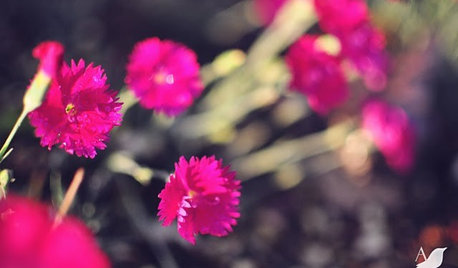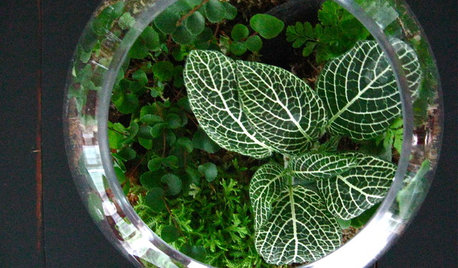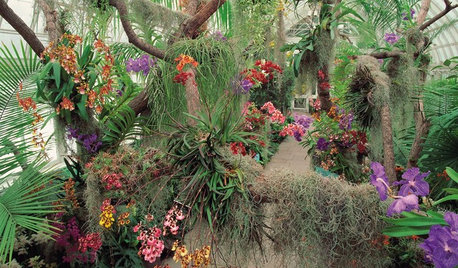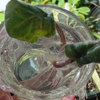Phosphate and African Violets
odaybea
15 years ago
Related Stories

GARDENING GUIDESWake Up Your Garden With Magenta Magnificence
Resplendent and memorable, magenta plantings can invigorate the landscape and compel the eye to linger
Full Story
HOUSEPLANTS8 Essentials for Healthy Indoor Plants
Houseplants add so much to our homes — and can thrive when grown in the right conditions. Keep these tips in mind
Full Story
HOUSEPLANTSGardens Under Glass: How to Make Your Own Terrarium
Be the master of a mini ecosystem indoors — the low-maintenance, highly rewarding kind that fits any room
Full Story
FLOWERSSee the Amazing Orchids Unfolding at a New York Garden Show
Get an eyeful of awe-inspiring orchids in incredible colors and learn how to keep one happily blooming at home
Full Story
LANDSCAPE DESIGNNatural Swimming Pools: More Beauty, No Chemicals
Keep your skin and the environment healthy with a pool that cleans itself, naturally
Full Story
HOUSEPLANTS10 Top Plants to Grow Indoors
Brighten a room and clean the air with a houseplant that cascades artfully, stretches toward the ceiling or looks great on a wall
Full Story
CONTAINER GARDENSFreshen Up the Bath With Lush and Healthy Plants
Learn how to choose and care for plants that will do well in your space
Full Story
HOUSEPLANTSHow to Create an Indoor Landscape
Apply principles and elements of design to help your indoor garden flourish
Full Story
GARDENING GUIDESHouzz Call: What’s Your Favorite Backyard Beauty?
The simple, honest daisy is this writer’s go-to garden flower. We want to hear which plant, flowering or otherwise, gives you special joy
Full Story
COLOR4 New Neutrals for the New Year
So you're not resolved to go crazy with color in 2013. These refreshing on-trend neutrals can still broaden your rooms' color horizons
Full StoryMore Discussions








robitaillenancy1
timestocome
Related Professionals
Windham Landscape Architects & Landscape Designers · Birmingham Landscape Architects & Landscape Designers · Wake Forest Landscape Contractors · Bainbridge Island Landscape Contractors · Choctaw Landscape Contractors · Concord Landscape Contractors · Federal Way Landscape Contractors · Lorain Landscape Contractors · Palm Beach Gardens Landscape Contractors · Riverhead Landscape Contractors · Stallings Landscape Contractors · View Park-Windsor Hills Landscape Contractors · West Palm Beach Landscape Contractors · Weymouth Landscape Contractors · Woodbury Landscape Contractorsirina_co
irina_co
lathyrus_odoratus